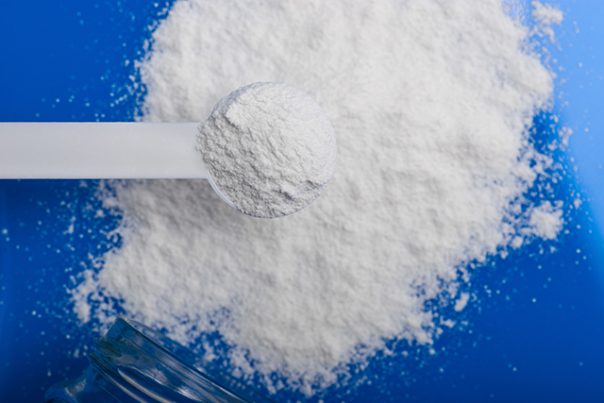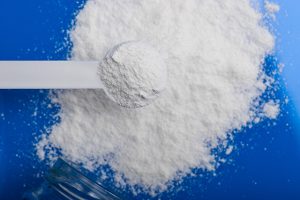
Sodium phosphates sources, health risks
Saturday, October 28, 2017 by Jhoanna Robinson
http://www.naturalpedia.com/sodium-phosphates-sources-health-risks.html

Sodium phosphate is also known by its other names such as sodium orthophosphate, sodium phosphate monobasic, sodium phosphate monobasic (anhydrate).
Sodium phosphate, having laxative properties, is used to treat constipation by increasing fecal water content to facilitate mobility through the large intestine. It serves as an additive to foods and beverages, such as soda. It is also used to clean the bowel before a colonoscopy.
According to the United States Food and Drug Administration, you should never take more than one dosage of sodium phosphate during a 24-hour period – doing so can have fatal consequences.

Harmful effects that can be caused by sodium phosphate
Sodium phosphate’s phosphate toxicity is likely due to the disturbance of other electrolytes when phosphate levels are increased, causing negative effects such as dehydration, tetany, and hyperpyrexia or severe fever.
Sodium phosphate is bad for the skin. It can cause hives and skin rashes to appear all over the body – not just one part – contributing to extreme itching and difficulty in breathing. Parts of the body can also be expected to swell, especially the face, arms, and legs.
According to the University of Maryland Medical Center, sodium phosphate can cause the calcification of your organs and tissues, which is bad because it can interfere with the activities that your body needs to do in order for it to survive. This occurrence can also cause your body to lose its ability to absorb and utilize minerals such as calcium, magnesium, and zinc.
Body systems supported by sodium phosphate
Sodium phosphate is bad for the cardiovascular system. It can bring about heart ailments such as hypotension or low blood pressure, arrhythmia, cardiac arrest, or tachycardia, which is characterized by an increased heart rate, i.e. 100 beats per minute.
Sodium phosphate is bad for the nervous system. An increased dosage of it can put someone in a coma. A milder effect of the drug include confusion and headaches.
Sodium phosphate is bad for the digestive system. An overdosage of it can result in diarrhea, and, if worse comes to worst, organ damage. Other gastrointestinal issues related to sodium phosphate include stomach upset, vomiting, abdominal pain, cramps, gassiness, hematochezia (blood in the stool), and nausea.
Sodium phosphate is bad for the excretory system. It can cause kidney failure due to decreased urination. Taking it for more than once every seven days increases your risks of kidney damage.
Where to learn more
Summary
Sodium phosphate is bad for the skin.
Sodium phosphate is bad for the cardiovascular, nervous, digestive, and excretory systems.
Sodium phosphate can cause the calcification of organs and tissues.
Sources include:
Tagged Under: Tags: sodium phosphate





